
Avant-garde
What is the Avant-garde?
The avant-garde challenges the conventional norms and expectations of art and culture, and often introduces new forms, styles, techniques, and ideas that are radically different from the mainstream.
It can also be seen as a social and political movement that seeks to change the status quo and express alternative visions of reality.
Some examples of the avant-garde in history are:
The Impressionists, who broke away from the academic painting tradition and used light, color, and brushstrokes to capture the fleeting impressions of nature and modern life.
The Cubists, who explored new ways of representing reality by breaking down objects into geometric shapes and showing multiple perspectives in one image.
The Surrealists, who used dreams, fantasies, and the unconscious as sources of inspiration and created bizarre and illogical images that defied rationality.
The Dadaists, who rejected the logic and reason of the Western civilization that led to World War I and created absurd and nonsensical artworks that mocked the established values and institutions.
The Abstract Expressionists, who abandoned the representation of external reality and focused on expressing their inner emotions and feelings through spontaneous gestures and colors.
The Pop Artists, who embraced the mass culture and consumerism of the post-war society and used images from advertising, comics, movies, and celebrities in their artworks.
It is constantly evolving and changing as new artists emerge and experiment with new possibilities.
The avant-garde can be found in any field of creative expression, such as literature, music, theater, film, architecture, design, fashion, etc.
The avant-garde is always pushing the boundaries of what is possible and acceptable in art and culture.
Why do the Avant-garde clothes look good?
Avant-garde fashion designers may seek to create clothing that is unique and expressive, and that allows the wearer to stand out from the crowd.
Avant-garde fashion is not always easy to wear, and it can be expensive, but it can also be seen as a form of artistic expression and social commentary.
Some of the characteristics of avant-garde fashion include:
Committing to full looks: Avant-garde fashion is not about mixing and matching different pieces, but rather creating a cohesive and consistent look that reflects the designer's vision and the wearer's personality.
Voluminous and textured clothing: Avant-garde fashion often features oversized, layered, and sculptural clothing that creates interesting shapes and silhouettes.
Breaking the rules: Avant-garde fashion does not follow the conventional rules of color, proportion, symmetry, or gender.
Yohji Yamamoto: A Japanese designer who is known for his dark, minimalist, and deconstructed clothing that often features draping, asymmetry, and raw edges.
Craig Green: A British designer who is known for his conceptual and futuristic clothing that often features quilting, straps, and modular elements that can be detached or reattached.
Carol Christian Poell: An Austrian designer who is known for his experimental and radical clothing that often uses unconventional techniques, such as human blood, animal bones, or human hair, to create his garments.
Avant-garde fashion can also reflect the social and cultural issues of the time, and challenge the status quo of the fashion industry and society at large.
Example of the color palette for the image of Avant-garde
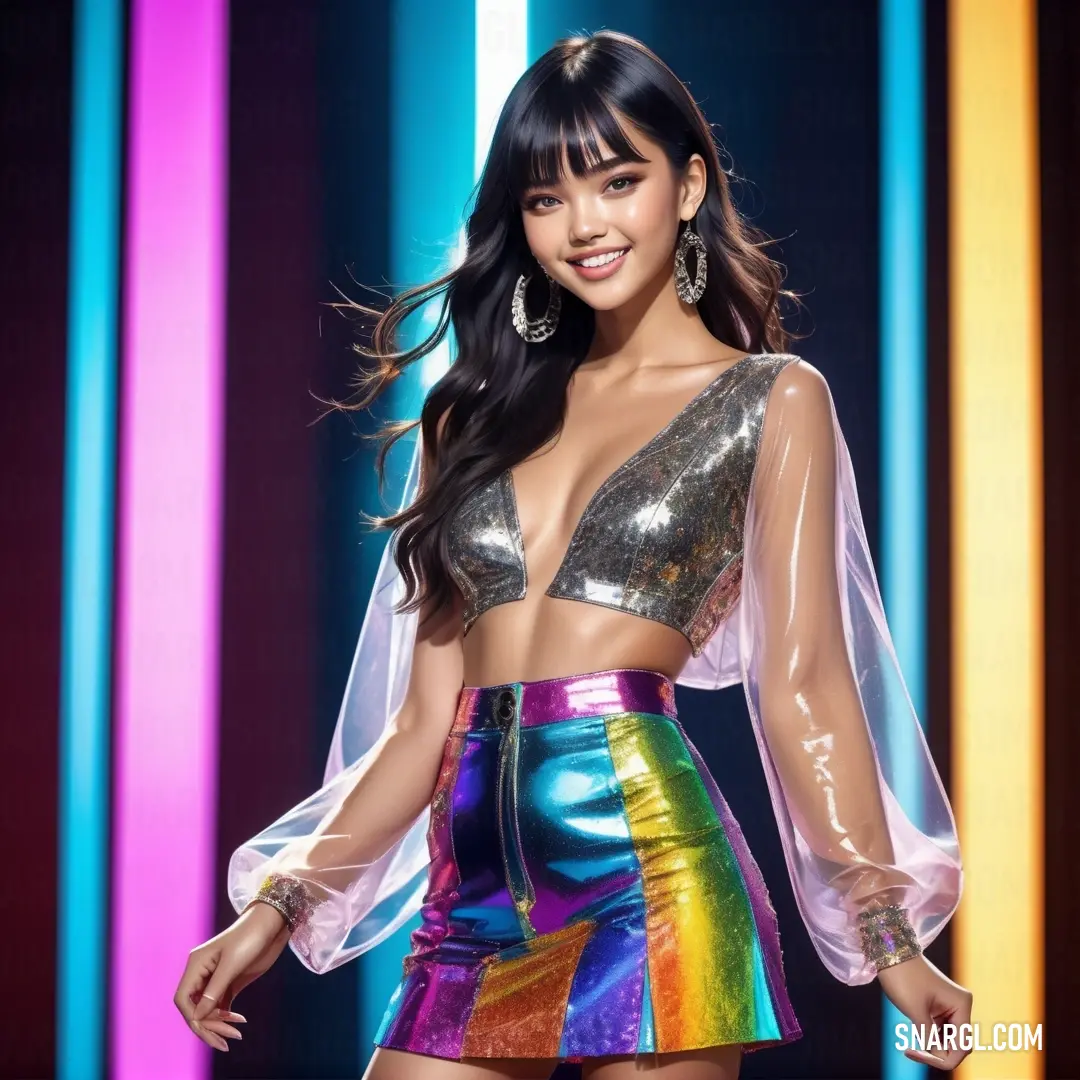
See these colors in NCS, PANTONE, RAL palettes...
Who can wear the Avant-garde garments?
However, one might say that those who wear them are:
Bold and daring, not afraid to stand out from the crowd
Creative and expressive, using their clothes as a form of art
Curious and experimental, exploring new shapes, textures and materials
Visionary and innovative, pushing the boundaries of what is possible
The pioneers of the new
They dress to impress themselves
Not to conform or please you
They are the artists of the fabric
The sculptors of the form
They create to communicate their vision
Not to follow any norm
They are the adventurers of the style
The explorers of the unknown
They discover to challenge their limits
Not to settle for what is shown
They are the avant-garde of fashion
The leaders of the change
They inspire to transform the world
Not to fit in or be the same
Are the Avant-garde clothing in style?
Avant-garde clothing is often seen as a form of artistic expression, and a way to stand out from the crowd.
Avant-garde clothing can be made from unconventional materials, such as metal, plastic, or recycled items, or have unusual shapes, textures, or colors.
Avant-garde clothing can also be influenced by different cultures, subcultures, or historical periods.
Some examples of avant-garde clothing are:
Jeans, jackets, sweaters, and other casual wear with unique designs and details, such as those from Avant Garde.
Light jackets, casual pants, shirts, and accessories with a minimalist and futuristic aesthetic, such as those from Grailed.
Clothing that incorporates elements of sculpture, architecture, or technology, such as those from designers like Rei Kawakubo, Hussein Chalayan, or Iris van Herpen.
However, some people may appreciate the creativity and originality of avant-garde clothing, and find it inspiring and empowering.
Avant-garde clothing can also be seen as a way to challenge the social and environmental issues of the fashion industry, such as mass production, consumerism, and waste.
Therefore, avant-garde clothing can be considered in style, depending on one's personal taste, preference, and perspective.
Avant-garde clothing may not appeal to everyone, but it can certainly make a statement and spark a conversation.
Example of the color palette for the image of Avant-garde
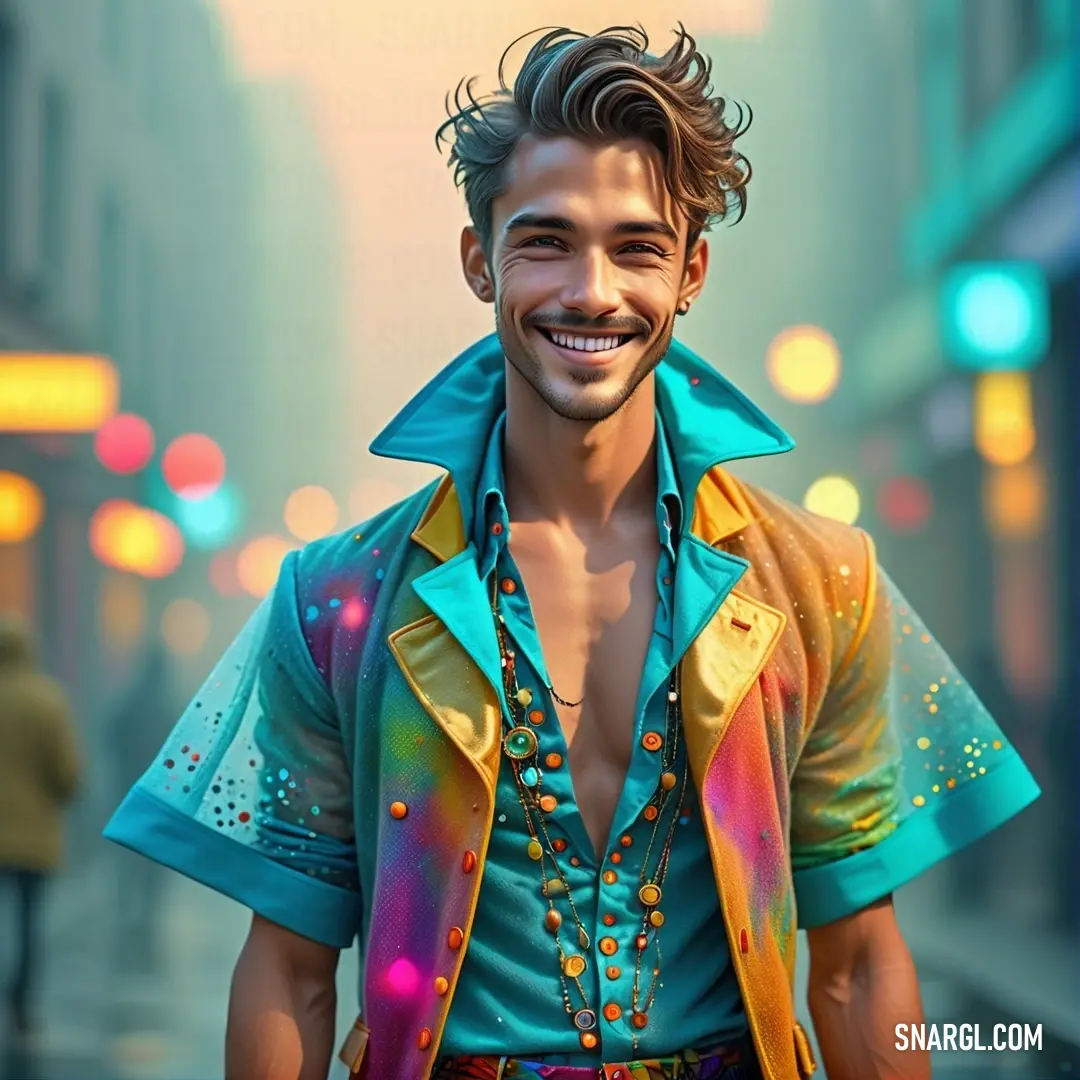
See these colors in NCS, PANTONE, RAL palettes...
Avant-garde in fashion - when did it appear?
Avant-garde in fashion is a term that describes a style of clothing that is experimental, innovative, and challenges the established norms and conventions of fashion.
Avant-garde fashion is often inspired by art movements, such as Dadaism and Surrealism, that also sought to break the rules and express new ideas and emotions through their works.
The origin of avant-garde fashion can be traced back to the early 20th century, when some designers started to create garments that were more than just functional or decorative, but also had a conceptual and artistic value.
For example, Elsa Schiaparelli, an Italian designer who collaborated with Surrealist artists like Salvador Dali and Jean Cocteau, created clothes that featured shocking elements, such as a lobster dress, a shoe hat, and a skeleton dress.
She also experimented with new materials, such as plastic and synthetic fabrics, to create unusual shapes and textures.
Another pioneer of avant-garde fashion was Cristobal Balenciaga, a Spanish designer who revolutionized the silhouette of women's clothing in the 1950s and 1960s.
He created garments that had sculptural forms, such as the balloon skirt, the bubble dress, and the sack dress, that defied the traditional hourglass figure and gave women more freedom and comfort.
He also used innovative techniques, such as cutting fabric on the bias, draping, and molding, to create complex and elegant shapes.
In the 1980s, a new wave of avant-garde fashion emerged from Japan, led by designers such as Rei Kawakubo of Comme des Garçons, Yohji Yamamoto, and Issey Miyake.
They introduced a radical aesthetic that was characterized by dark colors, oversized and asymmetrical shapes, distressed and deconstructed fabrics, and a rejection of Western standards of beauty and glamour.
They also challenged the gender stereotypes and expectations of fashion, by creating clothes that were unisex, androgynous, or ambiguous.
Since then, many other designers have followed the avant-garde fashion movement, such as Martin Margiela, Alexander McQueen, Hussein Chalayan, Iris van Herpen, and Rick Owens.
They have continued to experiment with new materials, technologies, and concepts, to create clothes that are not only wearable, but also expressive, provocative, and meaningful.
Avant-garde fashion is a form of art that reflects the changing times and cultures, and invites the viewers and wearers to question, interpret, and appreciate the messages and emotions behind the clothes.
Who usually wears Avant-garde clothing?
Avant-garde clothing is a style of fashion that challenges the conventional norms and aesthetics of mainstream culture.
It is often experimental, innovative, and creative, expressing the vision and personality of the designer or wearer.
This clothing can be influenced by various artistic movements, such as surrealism, futurism, or deconstructionism, or by social and political issues, such as feminism, environmentalism, or anti-consumerism.
Avant-garde clothing is usually worn by people who are interested in expressing their individuality and creativity through their appearance.
They may be artists, musicians, performers, or activists who want to make a statement or provoke a reaction with their clothing.
These people may also be fashion enthusiasts, collectors, or influencers who appreciate the craftsmanship and uniqueness of avant-garde clothing.
Avant-garde clothing is not limited by gender, age, or ethnicity, but rather by the personal taste and preference of the wearer.
It can be found in high-end boutiques, online platforms, or specialized events, such as fashion shows, exhibitions, or festivals.
Avant-garde clothing is often expensive and exclusive, due to the limited production and high quality of the garments.
What are some of the most iconic Avant-garde outlooks?
The Impressionists, who challenged the academic standards of painting by using loose brushstrokes, bright colors, and everyday scenes to capture the fleeting effects of light and atmosphere.
The Cubists, who broke down the forms of objects and figures into geometric shapes and multiple perspectives, creating a new way of representing reality that was influenced by science and technology.
The Dadaists, who rejected the logic and rationality of traditional art and culture, and embraced absurdity, randomness, and nonsense as a way of expressing their disillusionment with the horrors of World War I.
The Surrealists, who explored the realm of the unconscious mind, dreams, and fantasies, using techniques such as automatism, collage, and juxtaposition to create bizarre and illogical images.
The Abstract Expressionists, who abandoned representation and focused on the expressive power of color, gesture, and texture, creating large-scale paintings that conveyed their emotions and inner states.
The Pop Artists, who used mass-produced images and objects from popular culture, such as advertisements, comics, celebrities, and consumer goods, to comment on the values and lifestyles of contemporary society.
The Conceptual Artists, who questioned the nature and purpose of art itself, and emphasized the idea behind the artwork rather than its physical form or appearance.
The Performance Artists, who used their own bodies as the medium of art, and staged actions or events that involved time, space, movement, and interaction with the audience.
The Postmodern Artists, who challenged the notions of originality, authenticity, and authority in art, and used techniques such as appropriation, parody, irony, and pastiche to create works that were influenced by various styles and sources.
How to incorporate other influences or trends into the Avant-garde?
Here are some possible ways to do so:
Experiment with different media and formats, such as digital art, interactive installations, performance art, etc.
Use technology to create new forms of expression and communication that challenge the conventional boundaries of art.
For example, you could create a virtual reality experience that immerses the viewer in an avant-garde world, or you can use artificial intelligence to generate novel artworks based on your input.Explore different themes and topics that reflect the current social and political issues, such as climate change, human rights, identity, etc.
Use your art to raise awareness, critique, or propose solutions to these problems, or to express your personal views and experiences.
For example, create a collage that juxtaposes images of environmental destruction and beauty, or you can write a poem that celebrates diversity and inclusion.Collaborate with other artists and creators from different backgrounds and disciplines, such as music, literature, science, etc.
You can learn from each other's perspectives and skills, and create interdisciplinary works that combine different elements and genres.
For example, work with a musician to create a soundtrack for your painting, or you can work with a scientist to create a data visualization for your story.
What are the essential Avant-garde clothing items and accessories?
If you want to dress in avant-garde style
You need to be bold and creative with a smile
You can try some dresses made of latex or plastic
Or some clothing that is asymmetrical or fantastic
You can also experiment with colors and patterns
Or wear your garments in a way that shatters norms
You can accessorize with leather, metal or feathers
Or style your hair in spikes, braids or whatever
Avant-garde fashion is about expressing yourself
And not following the rules of anyone else
You can mix and match different pieces from Marigold Shadows
Or Shop Untitled NYC for some avant-garde wonders
How to keep the Avant-garde updated and fresh?
To keep the Avant-garde updated and fresh, one possible way is to constantly explore new topics, mediums, and perspectives that reflect the contemporary issues and realities of the world.
The Avant-garde should not be confined by the traditions and expectations of the past, but rather seek to create new expressions and meanings that resonate with the present and the future.
The Avant-garde should also be aware of the historical and cultural context of their work, and how it relates to or differs from the previous and existing forms of art.
The Avant-garde should be able to critique and question their own assumptions and methods, and be open to feedback and dialogue with other artists and audiences.
Another possible way to keep the Avant-garde updated and fresh is to collaborate and interact with other artists and movements that share similar or different visions and goals.
The Avant-garde should not be isolated or exclusive, but rather seek to form networks and communities that can support and inspire each other.
The Avant-garde should also be willing to learn from and engage with other disciplines and fields of knowledge, such as science, technology, philosophy, and sociology, and incorporate them into their artistic practice.
The Avant-garde should be able to adapt and respond to the changing environment and circumstances, and use their creativity and imagination to find new solutions and possibilities.
In summary, the Avant-garde can keep updated and fresh by being curious, adventurous, and critical, and by constantly seeking new ways of expression and communication that challenge and transform the art and culture of their time.
What are the common mistakes or faux pas to avoid when dressing Avant-garde?
Here are some common ones to avoid:
Don't wear avant-garde clothes that are too tight, uncomfortable, or impractical.
Avant-garde fashion is about experimenting with shapes, volumes, and textures, not about restricting your movement or breathing.
You want to look confident and comfortable in your clothes, not suffocated or tortured.Don't mix too many different styles, colors, or patterns.
Avant-garde fashion is not about creating a chaotic or random collage of clothes, but about creating a coherent and harmonious look that reflects your personality and vision.
You can use monochromatic colors as a base, or choose one dominant style, color, or pattern and accentuate it with contrasting or complementary elements.Don't copy someone else's avant-garde look.
Avant-garde fashion is about being original and authentic, not about imitating or following trends.
You can get inspired by avant-garde designers or fashion icons, but you should not copy their outfits exactly.
Instead, you should add your own twist or personal touch to make your look unique and expressive.Don't be afraid to experiment and have fun.
Avant-garde fashion is not about following rules or conventions, but about breaking them and creating your own.
You can start with basic avant-garde pieces such as asymmetrical tops, or layering different garments, or exploring different textures.
You can also use accessories, makeup, hair, or shoes to add some flair or drama to your look.
The most important thing is to enjoy the process and the outcome of dressing avant-garde.
How has the Avant-garde changed or evolved over time?
The Avant-garde, a term originating from military vocabulary, has significantly evolved since its inception in the early 19th century.
Initially, it represented the radical and unorthodox in art, challenging existing norms and conventions.
Over time, the Avant-garde has been associated with various movements, from the Realism of Gustave Courbet to the genre-defying experiments of Fluxus.
In its early days, the Avant-garde was closely tied to political and social agendas, aiming to revolutionize not just art but society itself.
Artists sought to reflect the rapid changes of their times, such as industrialization and urbanization, through innovative forms and techniques.
As the 20th century progressed, the Avant-garde became more diverse, encompassing movements like Cubism, which redefined artistic perspective, and Abstract art, which moved away from representational forms.
In the post-war era, the Avant-garde continued to challenge boundaries, now influenced by globalisation and the democratization of art.
It became a reflection of the times, embodying the spirit of experimentation and the quest for new expressions in an increasingly complex world.
Today, the Avant-garde is still a dynamic force, continually adapting and responding to contemporary issues and technologies, maintaining its role as a harbinger of cultural and artistic innovation.
What are the best tips and tricks for mastering Avant-garde?
Avant-garde artists and writers experimented with new forms, techniques, and themes, often expressing radical political and social views.
To master Avant-garde, you need to have a creative and innovative mindset, as well as a critical and rebellious attitude towards the status quo.
Here are some tips and tricks that might help you:
Learn from the history and examples of Avant-garde movements, such as Dada, Surrealism, Futurism, Expressionism, Cubism, and others.
Study their works, methods, and influences, and try to understand their motivations and goals.Experiment with different media, genres, styles, and formats.
Try to break the rules and conventions of your chosen art form, and create something original and unexpected.
For example, you can mix poetry and prose, collage and painting, music and noise, etc.Explore unconventional and controversial topics that challenge the dominant ideologies and values of your society.
For example, you can address issues such as war, oppression, sexuality, identity, religion, etc.Express your personal vision and perspective, without worrying about pleasing or offending anyone.
Be honest, bold, and provocative in your artistic statements.
Don't be afraid to criticize or mock the established authorities or institutions.Collaborate with other Avant-garde artists and writers who share your vision and interests.
Exchange ideas, feedback, and inspiration with them.
Join or form groups or movements that promote Avant-garde art and culture.
How does the Avant-garde fit with the music, art, or hobbies preferences?
Avant-garde is a term that means
To challenge the norms and conventions
To innovate and experiment with new forms and themes
To provoke and alienate the audiences
Avant-garde can be applied to music, art, or hobbies
That seek to express a radical vision or critique
That explore the boundaries of aesthetic and social possibilities
That create a unique and original artistic mystique
Some examples of avant-garde music are
John Cage's silent piece 4'33"
Or the dissonant and atonal compositions of Schoenberg
Or the experimental sounds of industrial, noise, or free jazz
Some examples of avant-garde art are
Dada's collage, photomontage, and ready-made objects
Or Surrealism's dreamlike paintings and sculptures
Or Situationist's détournement, graffiti, and spectacle
Some examples of avant-garde hobbies are
Cosplay, where people dress up as fictional characters
Or urban exploration, where people explore abandoned places
Or biohacking, where people modify their own bodies
Avant-garde is not for everyone, it can be hard to appreciate
But it can also inspire and enrich our creative taste
Avant-garde is a way of thinking and living differently
Avant-garde is a challenge and an opportunity
Example of the color palette for the image of Avant-garde
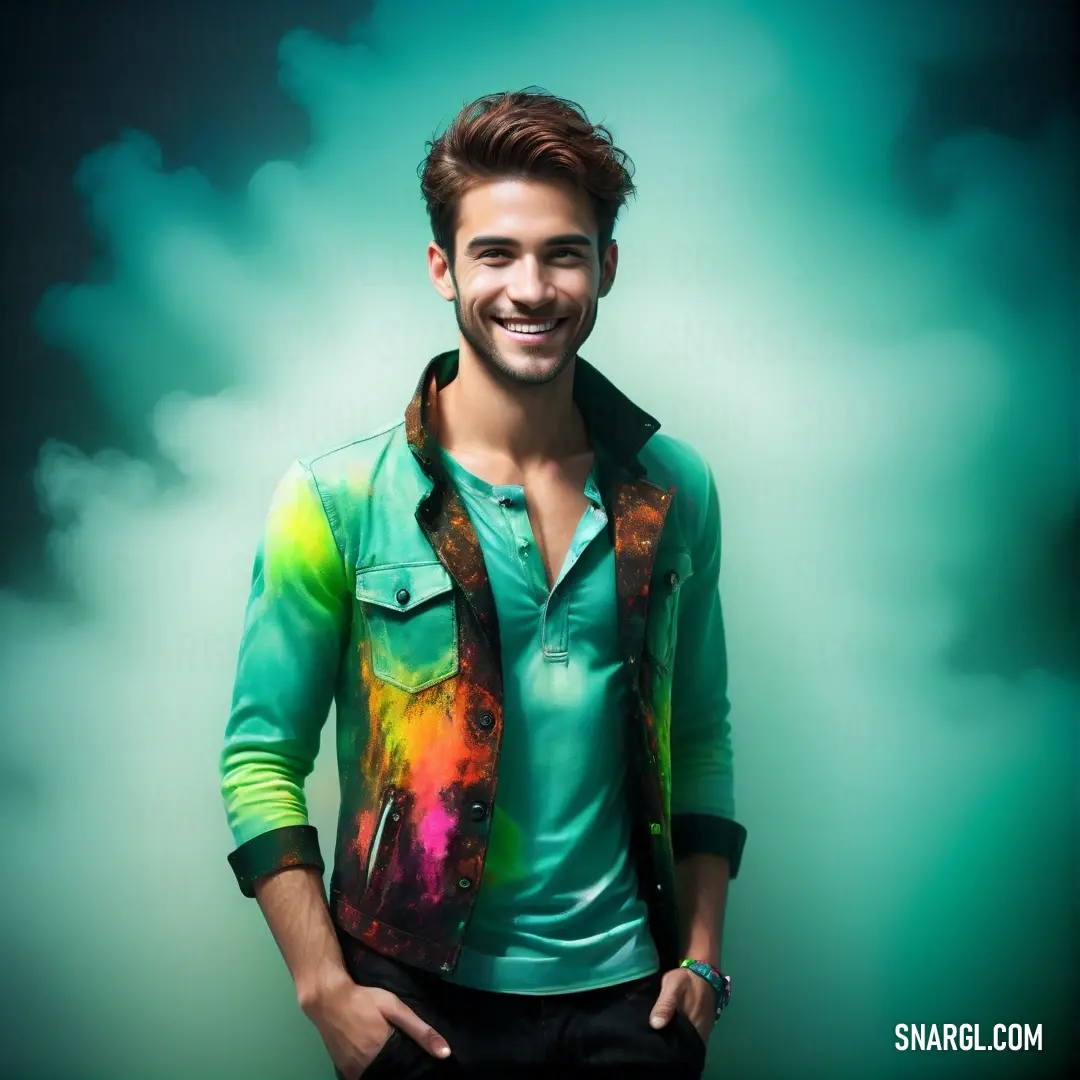
See these colors in NCS, PANTONE, RAL palettes...
How does the Avant-garde suit different seasons, occasions, or settings?
Possible ways avant-garde fashion can adapt to different situations include:
Winter Season: Avant-garde fashion can utilize layers, textures, and colors to create warmth and interest. For instance, one might wear a long coat made of faux fur or feathers, a knit sweater with an asymmetric neckline, and leather pants with zippers or buckles. The combination adds volume, drama, contrast, comfort, and edge.
Formal Occasion: Avant-garde fashion for formal events may employ unconventional materials, shapes, and details to achieve elegance and sophistication. Consider a dress made of latex or plastic, a suit with exaggerated proportions or cut-outs, or a gown with an asymmetrical hem or a train. These choices bring shine, sleekness, structure, flair, movement, and grace to the ensemble.
Casual Setting: Avant-garde fashion in casual settings can incorporate playful elements, patterns, and accessories for a fun and personality-filled look. A T-shirt with a graphic print or slogan, jeans with patches or rips, or a hat with a pom-pom or feather can be chosen. This approach introduces humor, expression, character, style, whimsy, and charm to the outfit.
What are the past or classic trends or influences in Avant-garde?
Past trends in avant-garde include:
Modernism: Broadly covering artistic movements breaking away from 19th-century realism and traditional forms. Modernist artists experimented with techniques like abstraction, symbolism, expressionism, surrealism, cubism, futurism, dadaism, and constructivism. Themes of alienation, fragmentation, uncertainty, and disillusionment characterized modernist works. Prominent figures include Pablo Picasso, James Joyce, Virginia Woolf, T.S. Eliot, Marcel Duchamp, Wassily Kandinsky, and Franz Kafka.
Political revolution: Avant-garde was influenced by social and political upheavals, such as the Russian Revolution of 1917, Mexican Revolution of 1910-1920, Chinese Revolution of 1911-1949, and Spanish Civil War of 1936-1939. These revolutions impacted content, themes, form, and style in avant-garde art and literature. Examples include Vladimir Mayakovsky's poetry, Diego Rivera's murals, Sergei Eisenstein's films, George Orwell's novels, and Bertolt Brecht's plays.
Technological innovation: Avant-garde development was shaped by artists and writers embracing or critiquing early 20th-century inventions like photography, cinema, radio, telegraphy, phonography, electricity, automobiles, airplanes, and atomic energy. These technologies provided new mediums and materials, influencing the perception and representation of time, space, movement, sound, and reality. Examples include Eadweard Muybridge's motion studies, Luigi Russolo's noise music, Gertrude Stein's stream-of-consciousness prose, Marcel Proust's memory novel, and Robert Delaunay's Orphic paintings.
What are the current or upcoming trends or innovations in Avant-garde?
Some examples of avant-garde movements are Cubism, Fauvism, Dadaism, Expressionism, and Surrealism.
Some of the current or upcoming trends or innovations in avant-garde are:
Modern avant-garde: This term describes contemporary fashion designers who embrace the avant-garde aesthetic and philosophy in their collections. They often use unconventional materials, techniques, and shapes to create garments that are sculptural, functional, and genderless. Some examples of modern avant-garde designers are Rei Kawakubo of Comme des Garçons, Rick Owens, Boris Bidjan Saberi, and Craig Green.
Postmodern avant-garde: This term describes artists and architects who question the assumptions and values of modernism and avant-gardism. They often use irony, parody, pastiche, and hybridity to create works that are playful, eclectic, and ambiguous. Some examples of postmodern avant-garde artists and architects are Andy Warhol, Jean-Michel Basquiat, Frank Gehry, and Zaha Hadid.
Digital avant-garde: This term describes artists and programmers who use digital technologies and media to create works that are interactive, immersive, and generative. They often use algorithms, artificial intelligence, virtual reality, and augmented reality to create works that are dynamic, responsive, and collaborative. Some examples of digital avant-garde artists and programmers are Ryoji Ikeda, TeamLab, Zach Lieberman, and Lauren McCarthy.
Q: What do you call an avant-garde artist who paints with cheese?
A: A brie-nalist.
What are the future or potential trends or directions in Avant-garde?
Avant-garde artists are often experimental, innovative, and radical in their expressions and techniques.
Some of the historical examples of avant-garde movements are Dada, Surrealism, Futurism, Cubism, and Situationism.
The future or potential trends or directions in avant-garde are not easy to predict, as they depend on the social, cultural, and political contexts of the time.
Some possible areas of exploration are:
The use of new technologies and media to create immersive, interactive, and participatory artworks that blur the boundaries between reality and virtuality, art and life, and artist and audience.
For instance, augmented reality, virtual reality, artificial intelligence, biotechnology, and blockchain could offer new possibilities for artistic expression and experimentation.The engagement with global issues and challenges that affect humanity and the planet, such as climate change, migration, inequality, human rights, and social justice.
Avant-garde artists could use their creativity and criticality to raise awareness, provoke dialogue, inspire action, and propose alternatives for a more sustainable and equitable future.The exploration of diverse and marginalized perspectives and identities that are often excluded or oppressed by the dominant culture and discourse.
Avant-garde artists could challenge the stereotypes, prejudices, and power structures that limit the expression and representation of different groups of people, such as women, people of color, LGBTQIA+, indigenous people, refugees, and disabled people.
However, the essence of avant-garde is to be unpredictable, original, and revolutionary.
Therefore, the future of avant-garde may surprise us with something completely unexpected and unprecedented.
What are the best examples or role models of Avant-garde in media or culture?
Avant-garde art can be found in various media and cultural domains, such as literature, music, film, theater, visual arts, and architecture.
Some of the best examples or role models of avant-garde in media or culture are:
Gustave Courbet: He was a French painter who pioneered the Realist movement in the 19th century.
He rejected the idealized and romanticized depictions of history and mythology, and instead focused on the harsh realities of contemporary life, such as poverty, labor, and social injustice.
His paintings, such as The Stone Breakers (1849) and A Burial at Ornans (1850), shocked and scandalized the public and the critics with their unflinching realism and social commentary.Marcel Duchamp: He was a French artist who challenged the traditional notions of art and aesthetics with his radical and provocative works.
He is best known for his readymades, which are ordinary objects that he selected and presented as art, such as a bicycle wheel, a urinal, and a bottle rack.
His readymades questioned the role of the artist, the value of art, and the function of art institutions.
His most famous readymade, Fountain (1917), was a porcelain urinal that he signed with the pseudonym R. Mutt and submitted to an exhibition of the Society of Independent Artists, where it was rejected.James Joyce: He was an Irish writer who revolutionized the modern novel with his complex and experimental style.
He is widely regarded as one of the most influential and important writers of the 20th century.
His novels, such as A Portrait of the Artist as a Young Man (1916), Ulysses (1922), and Finnegans Wake (1939), explored the themes of identity, language, history, and consciousness, using various techniques such as stream of consciousness, interior monologue, parody, allusion, and wordplay.
His works challenged the conventions of narrative, grammar, and syntax, and often provoked controversy and censorship.Pablo Picasso: He was a Spanish painter, sculptor, and co-founder of the Cubist movement, which was one of the most influential and innovative movements in modern art.
Cubism broke down the objects and figures into geometric shapes and forms, and reassembled them from multiple perspectives, creating a new way of representing reality.
Picasso's paintings, such as Les Demoiselles d'Avignon (1907) and Guernica (1937), are considered masterpieces of modern art, and reflect his artistic vision, experimentation, and expression.John Cage: He was an American composer, musician, and pioneer of the avant-garde in music.
He is best known for his use of chance, silence, noise, and unconventional instruments and methods in his compositions.
He challenged the traditional concepts of music, sound, and performance, and expanded the possibilities of musical expression.
His most famous piece, 4'33" (1952), consists of four minutes and thirty-three seconds of silence, during which the ambient sounds of the environment and the audience become the music.

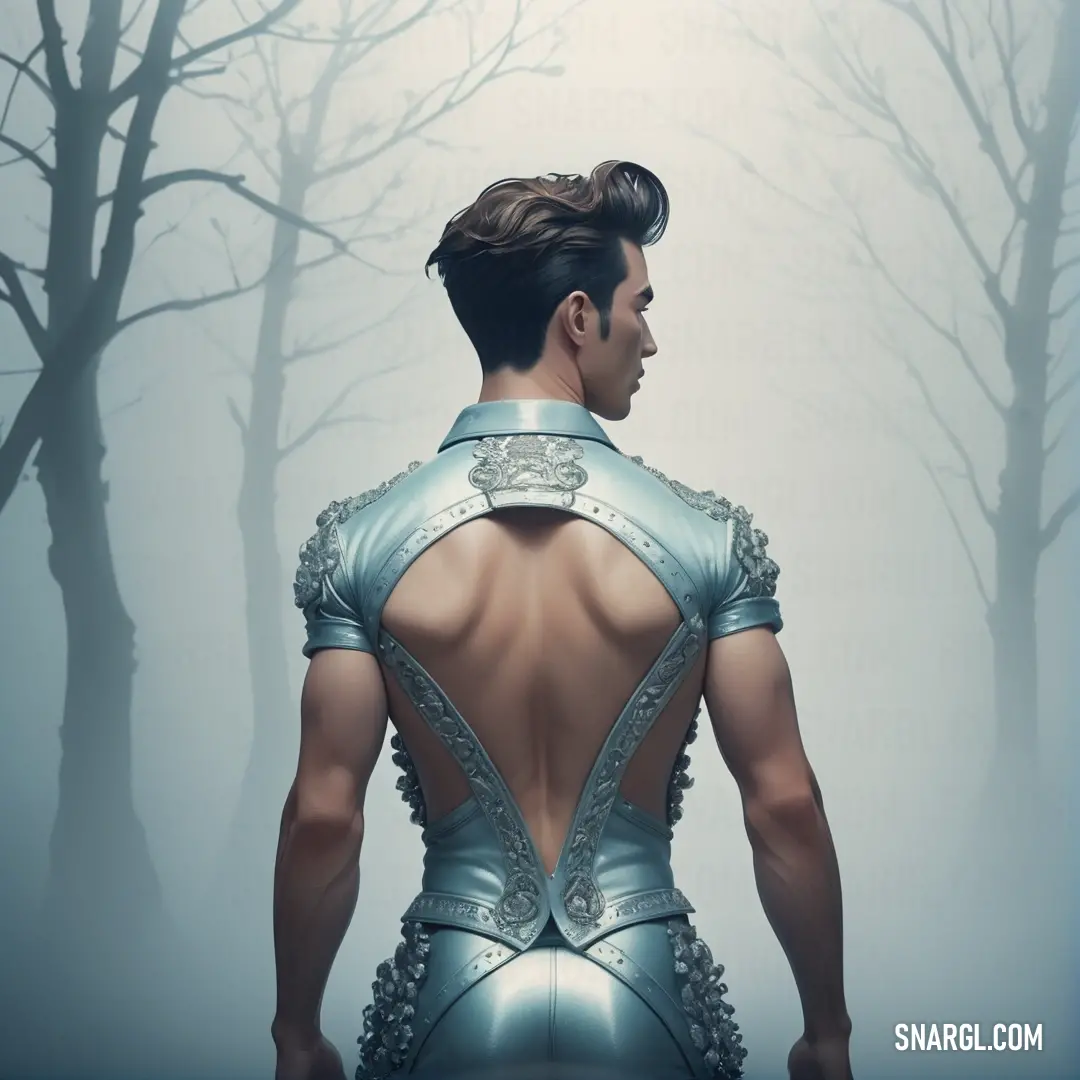
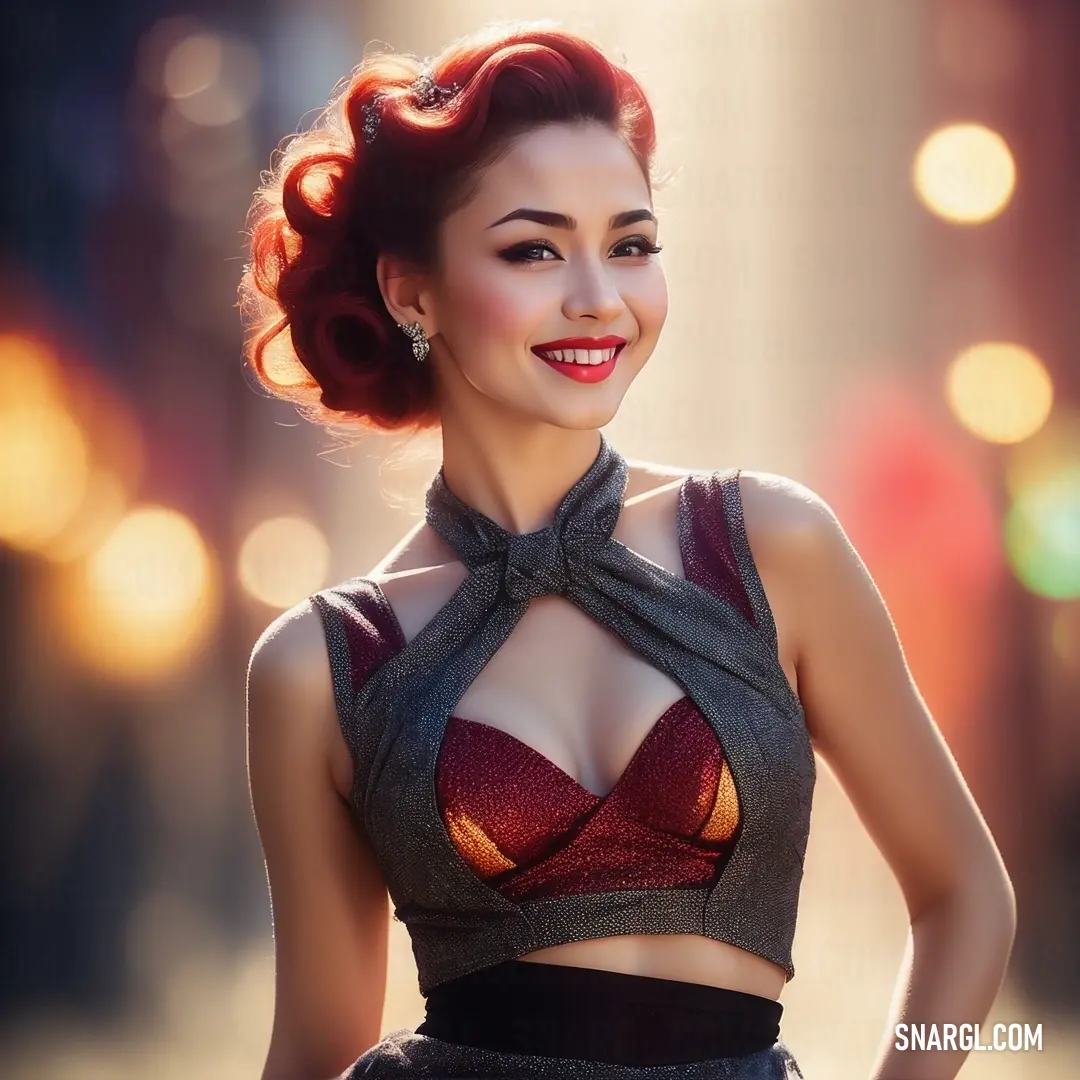
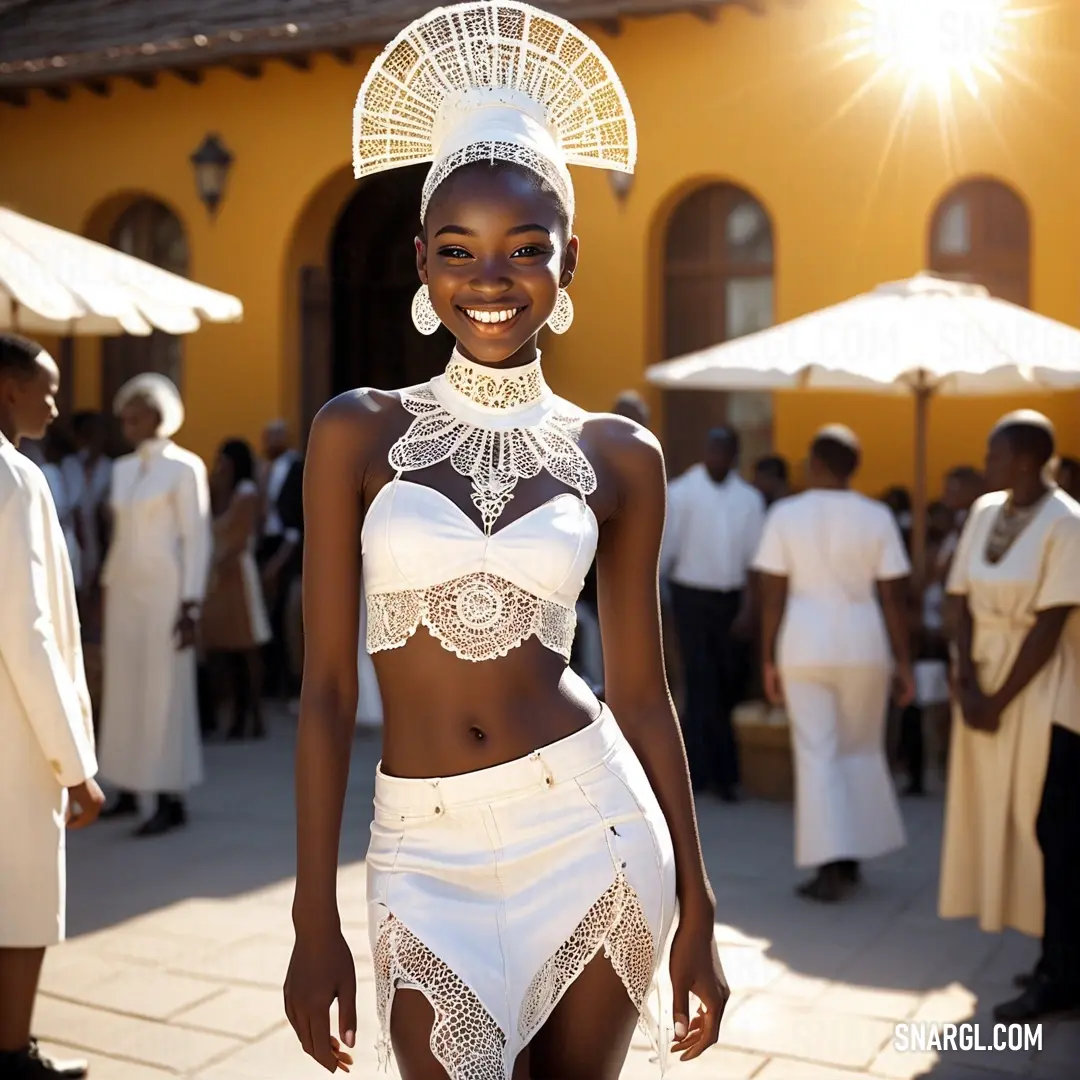
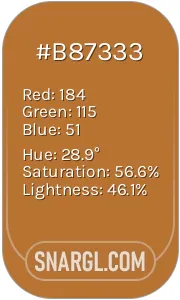 Copper
Copper Halaya Ube
Halaya Ube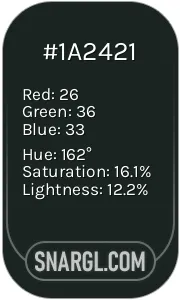 Dark jungle green
Dark jungle green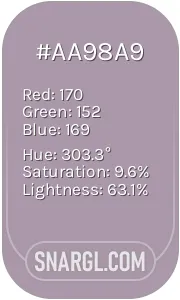 Rose quartz
Rose quartz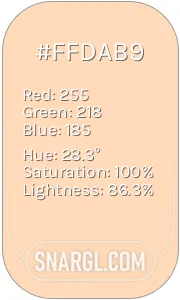 Peach puff
Peach puff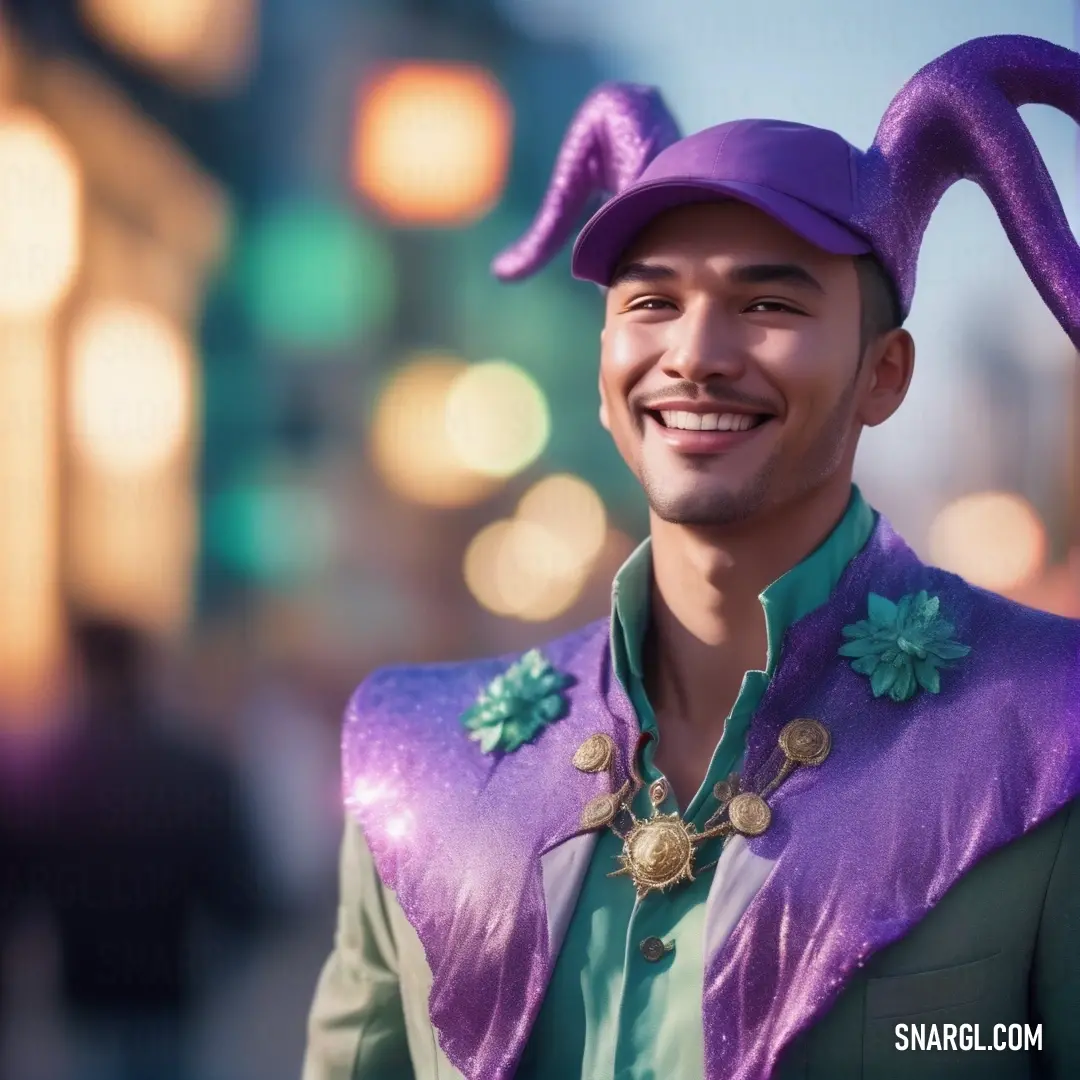
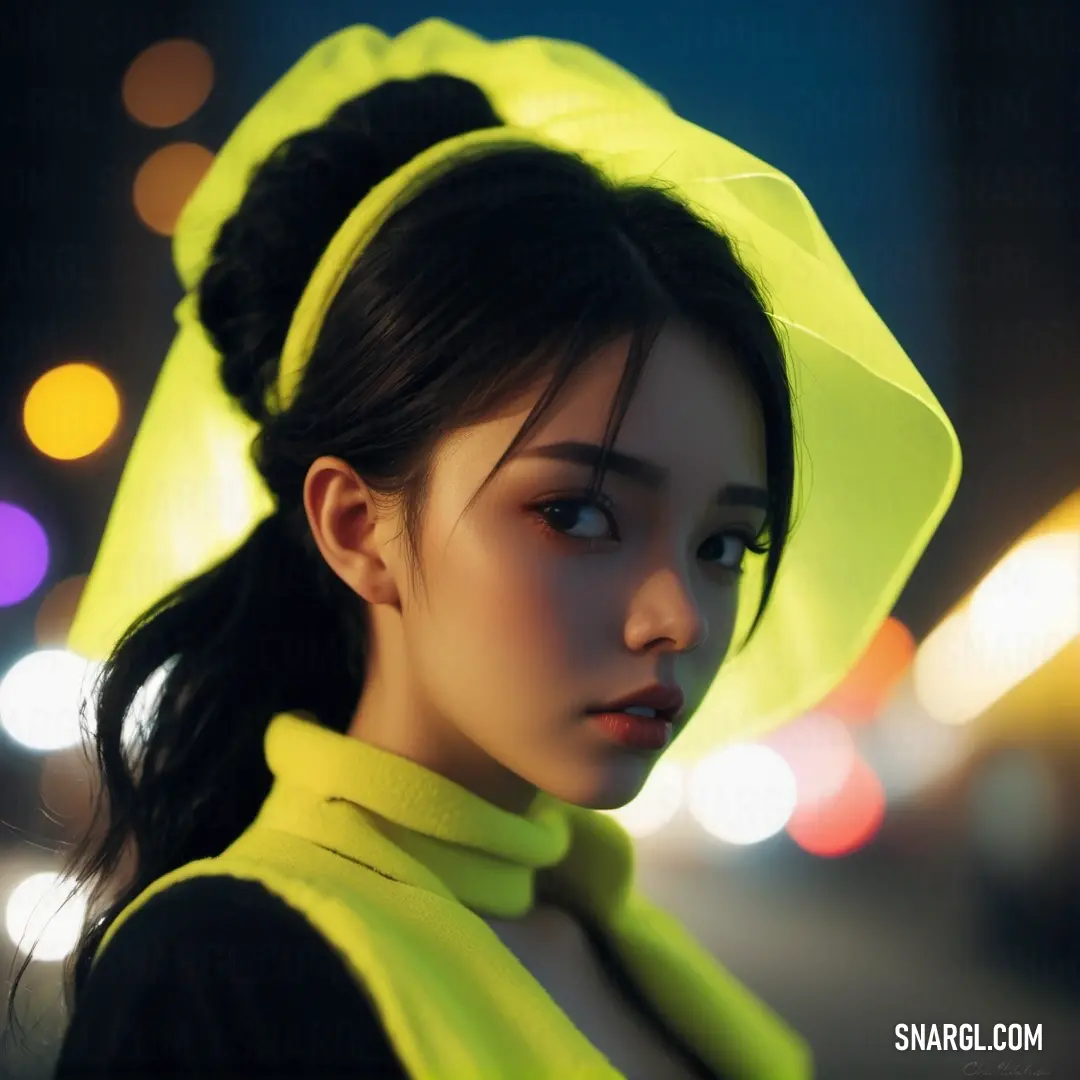
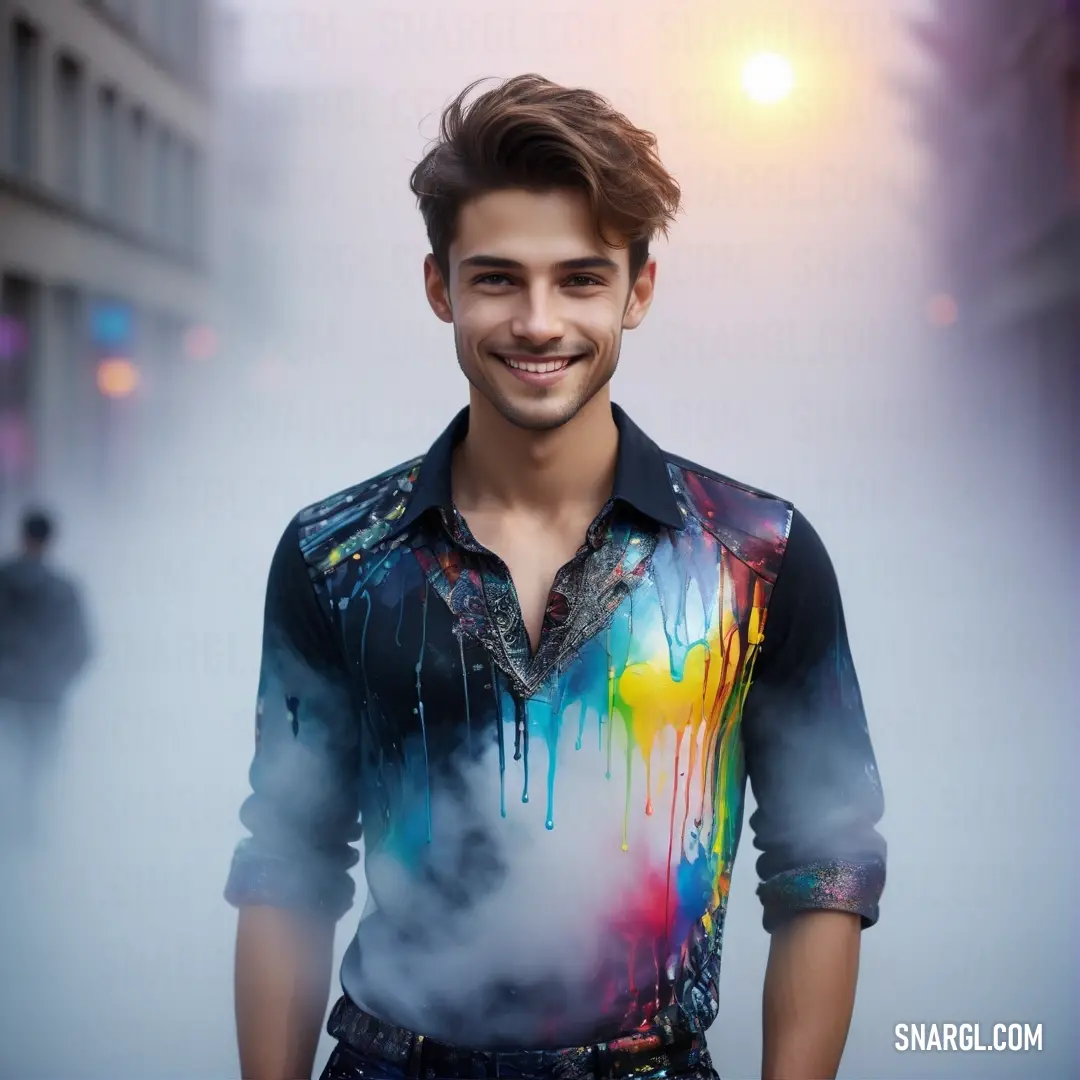

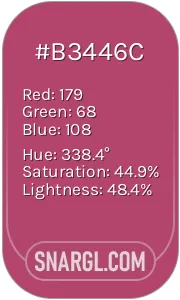 Raspberry rose
Raspberry rose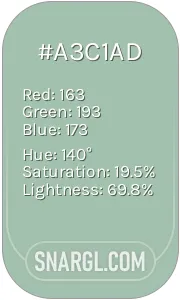 Cambridge Blue
Cambridge Blue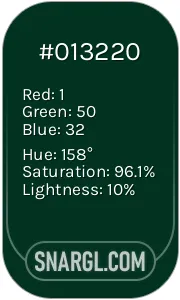 Dark green
Dark green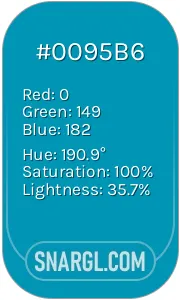 Bondi Blue
Bondi Blue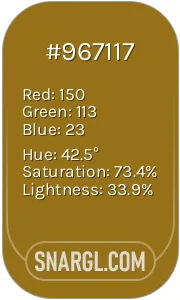 Drab
Drab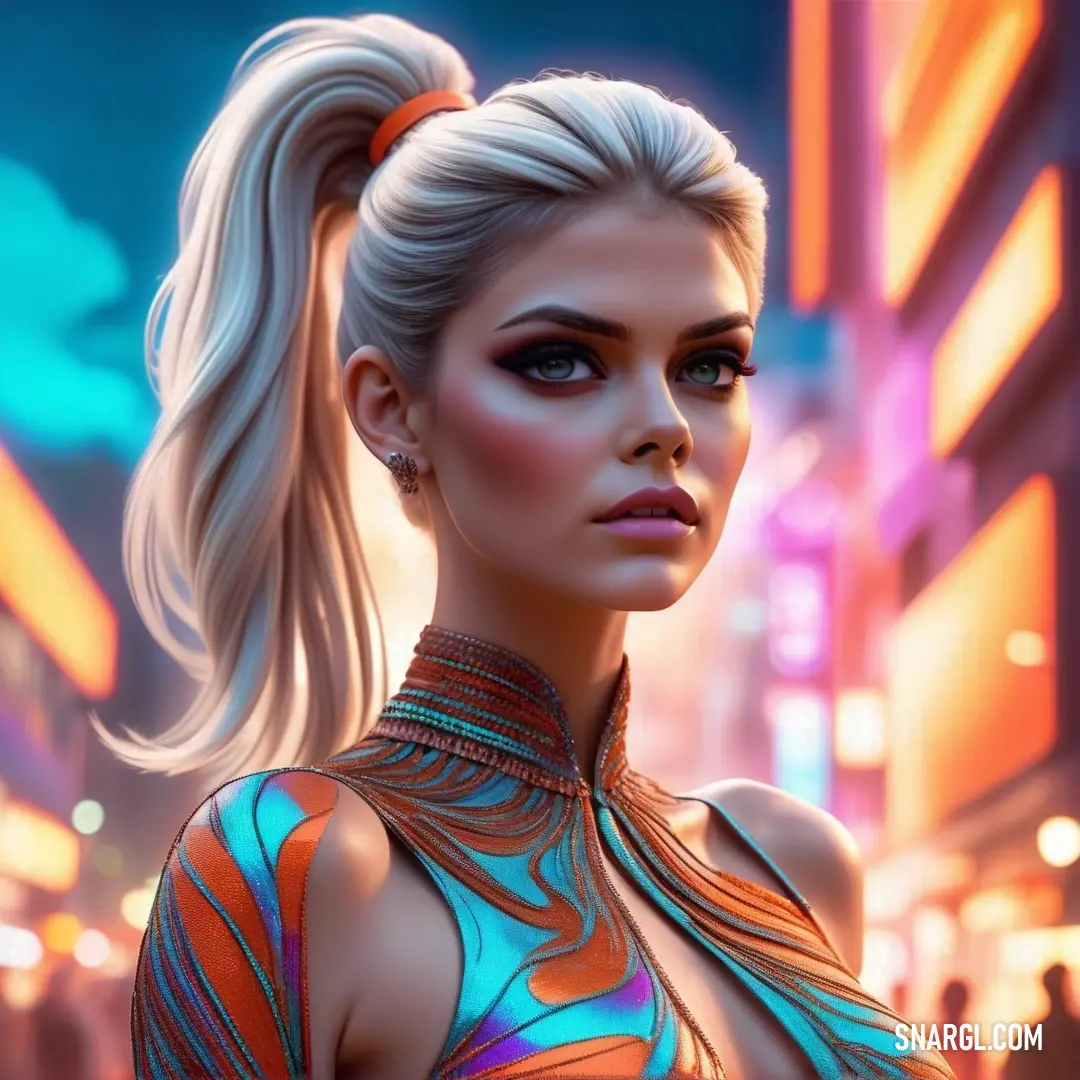
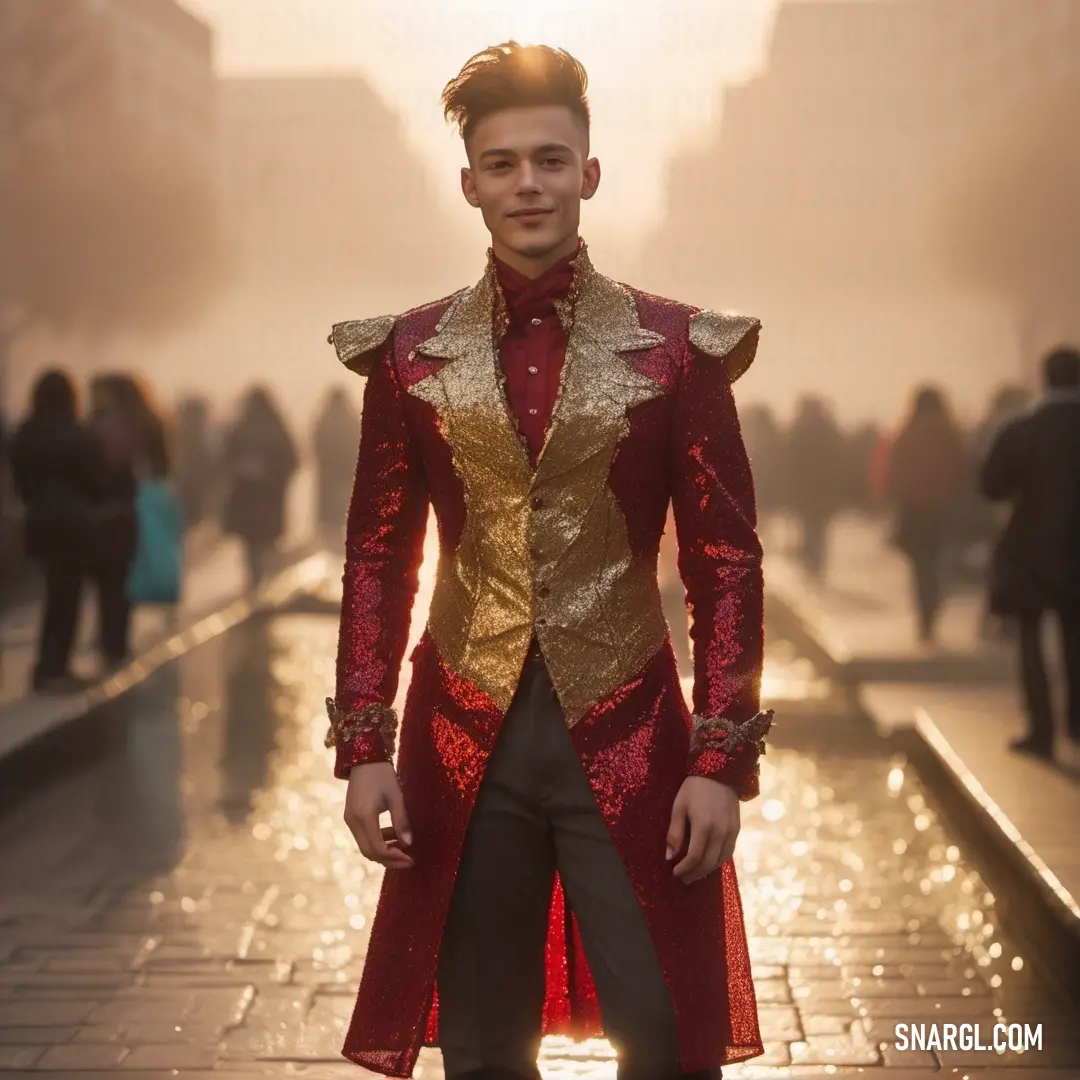
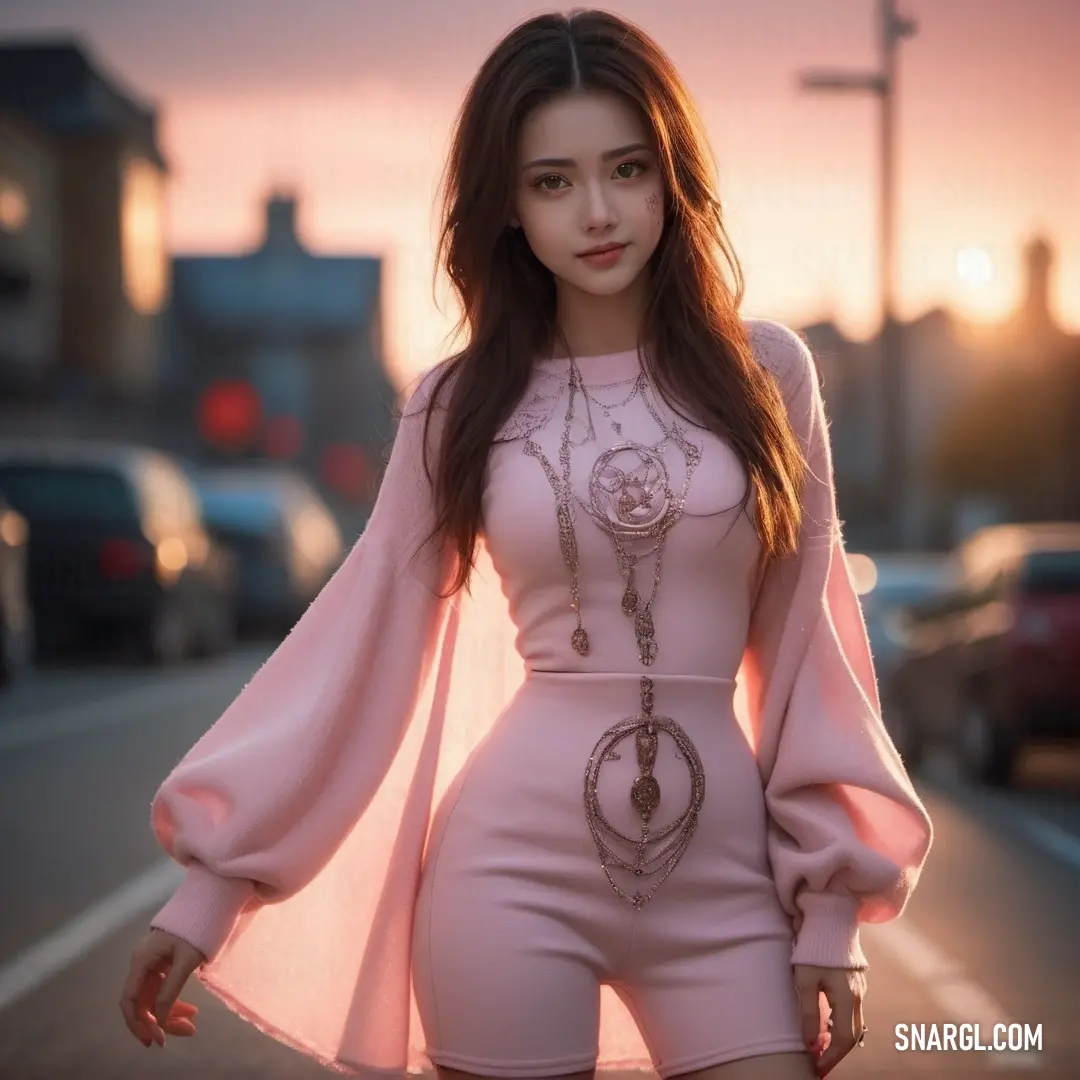
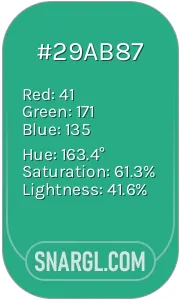 Jungle green
Jungle green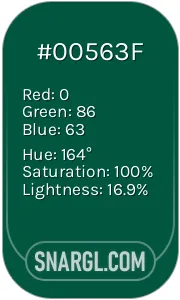 Sacramento State green
Sacramento State green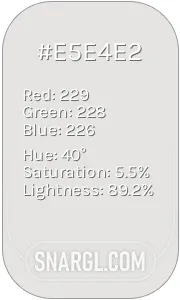 Platinum
Platinum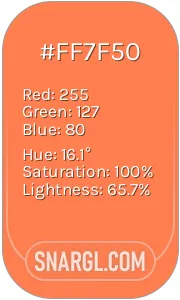 Coral
Coral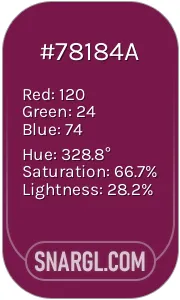 Pansy purple
Pansy purple







